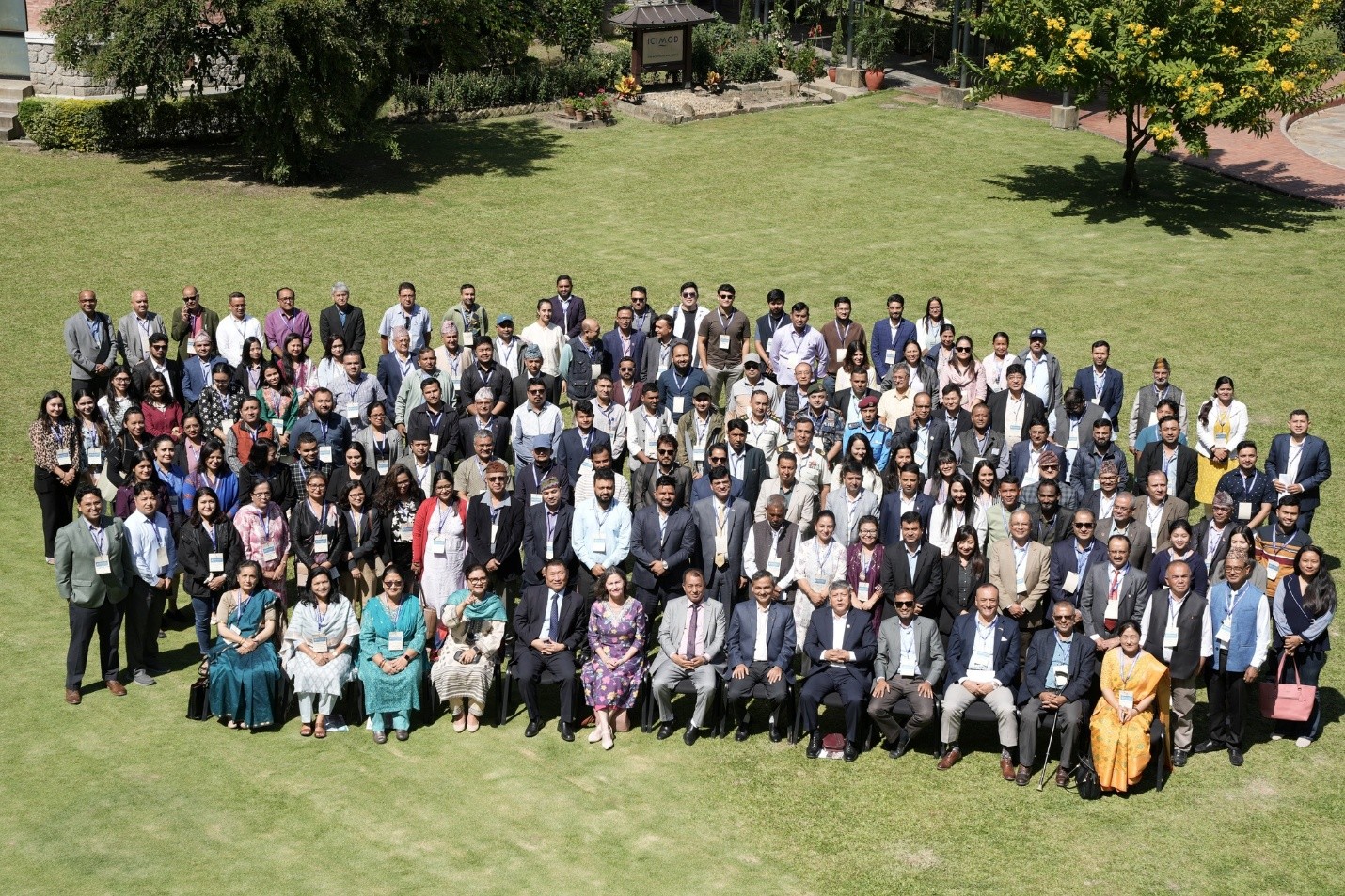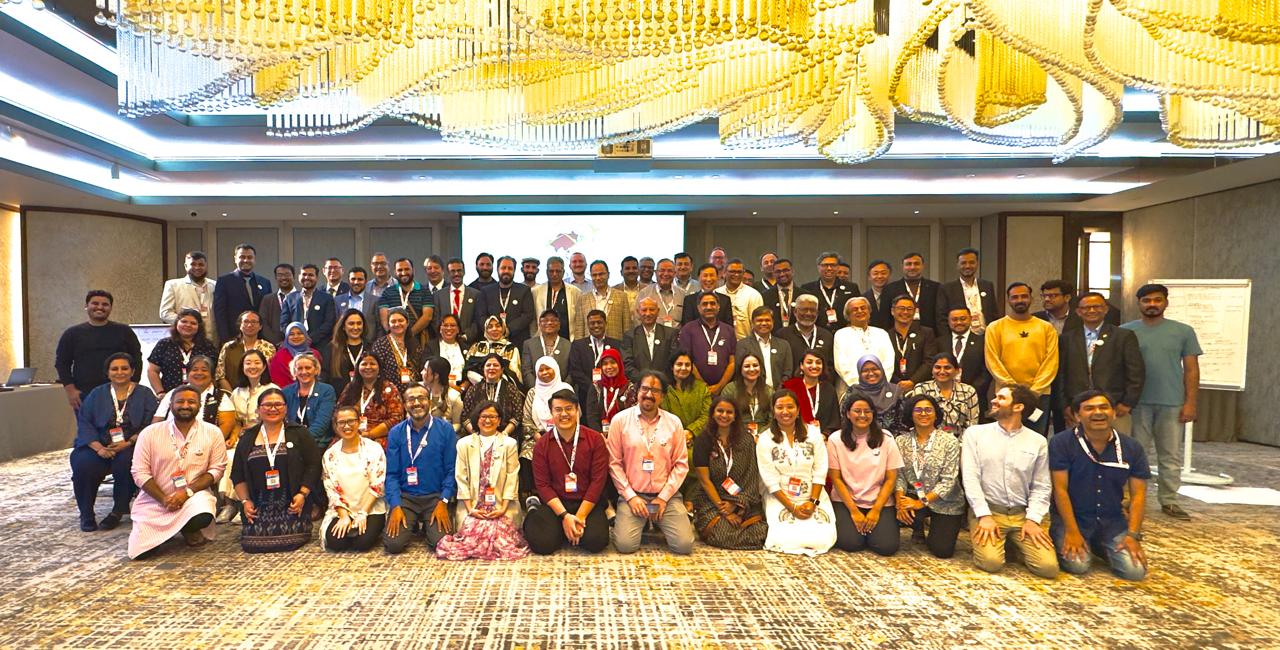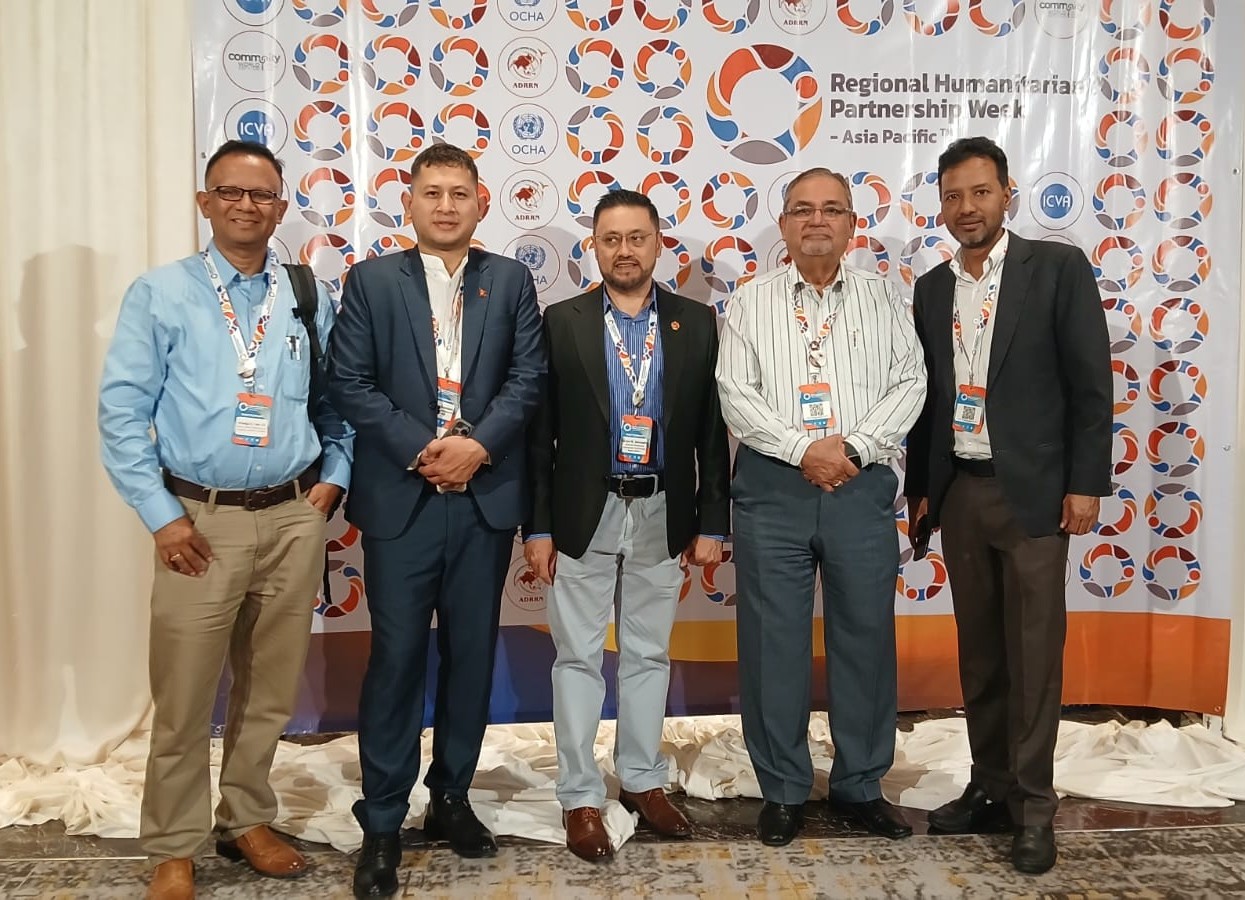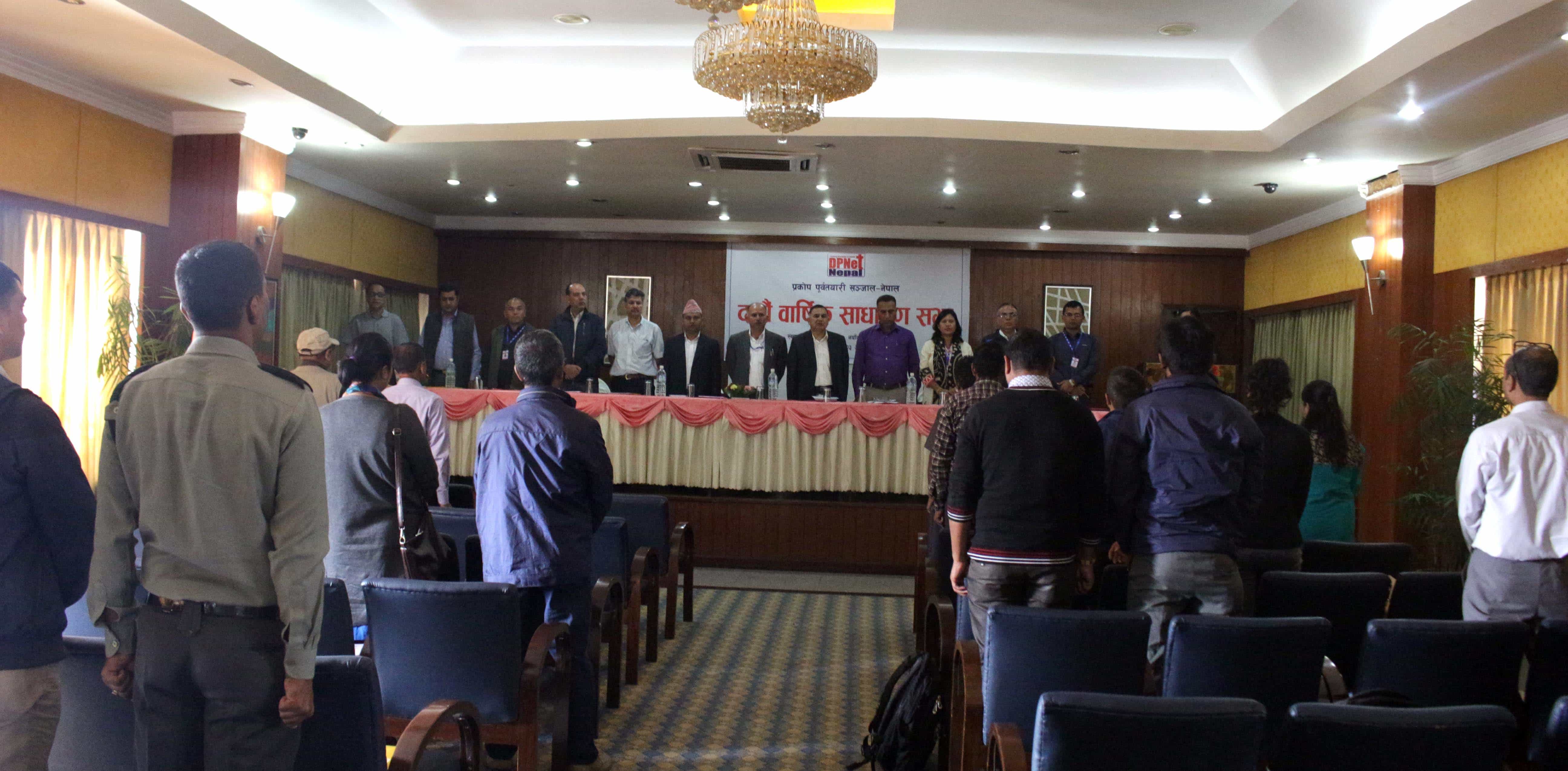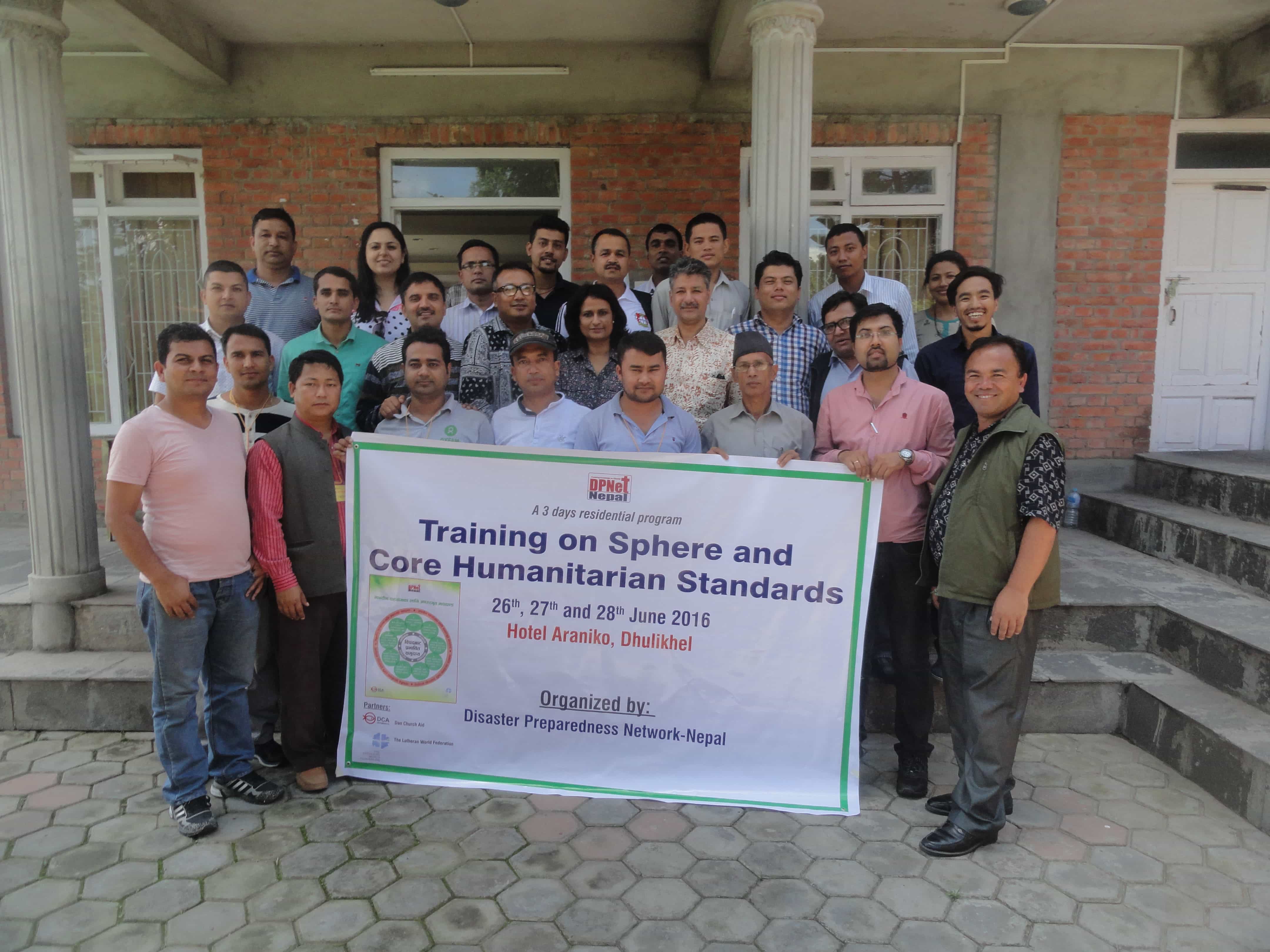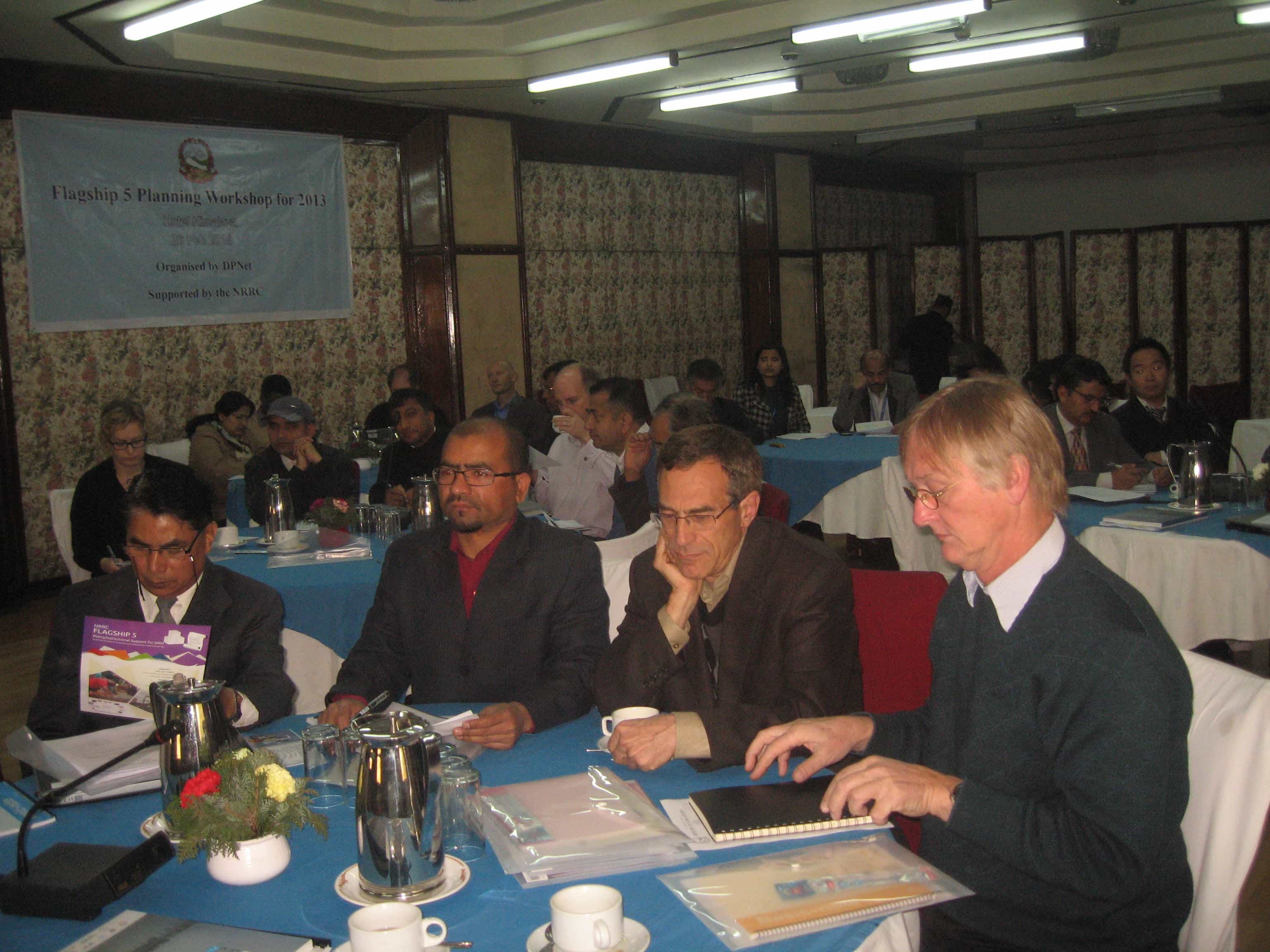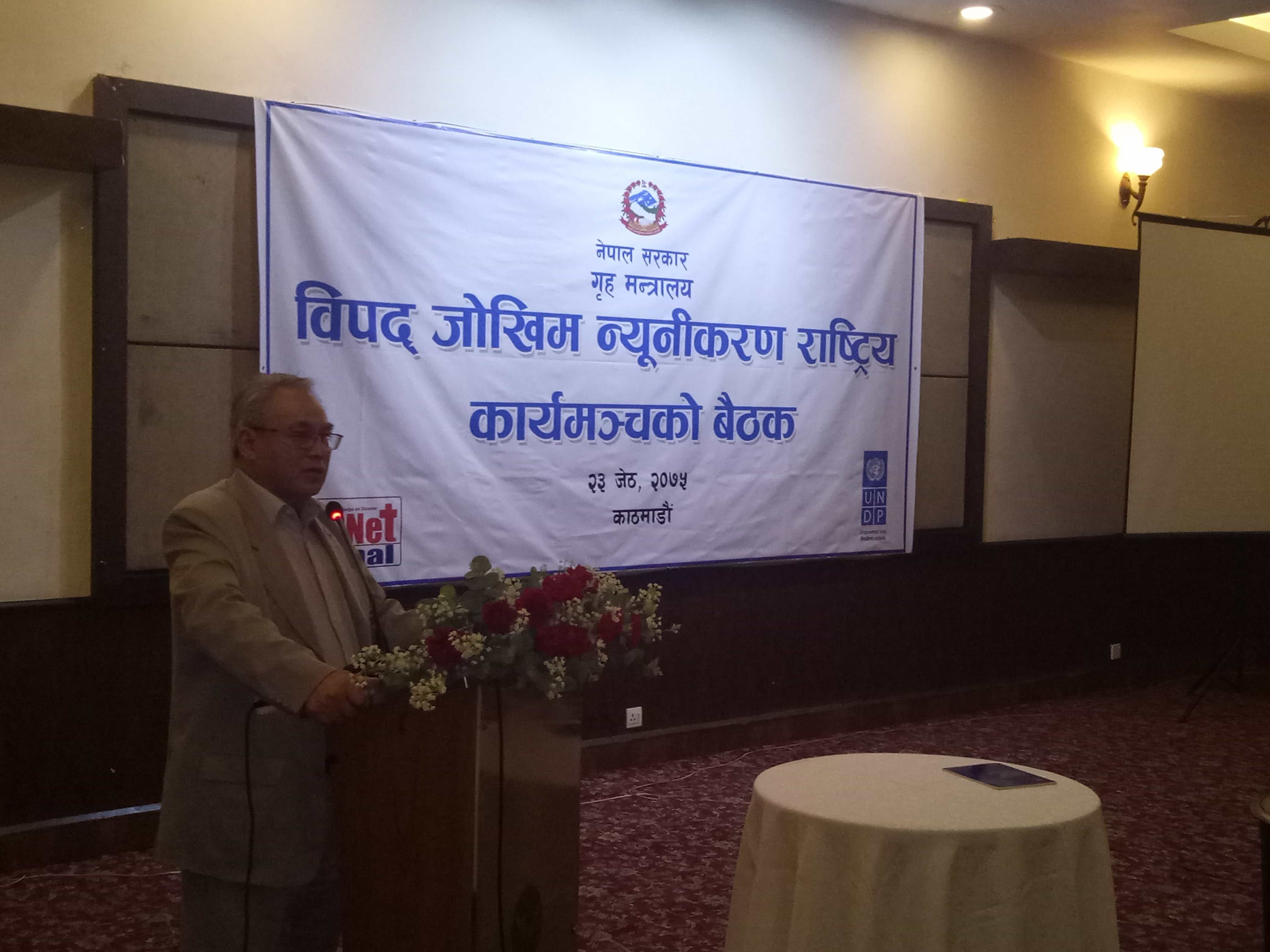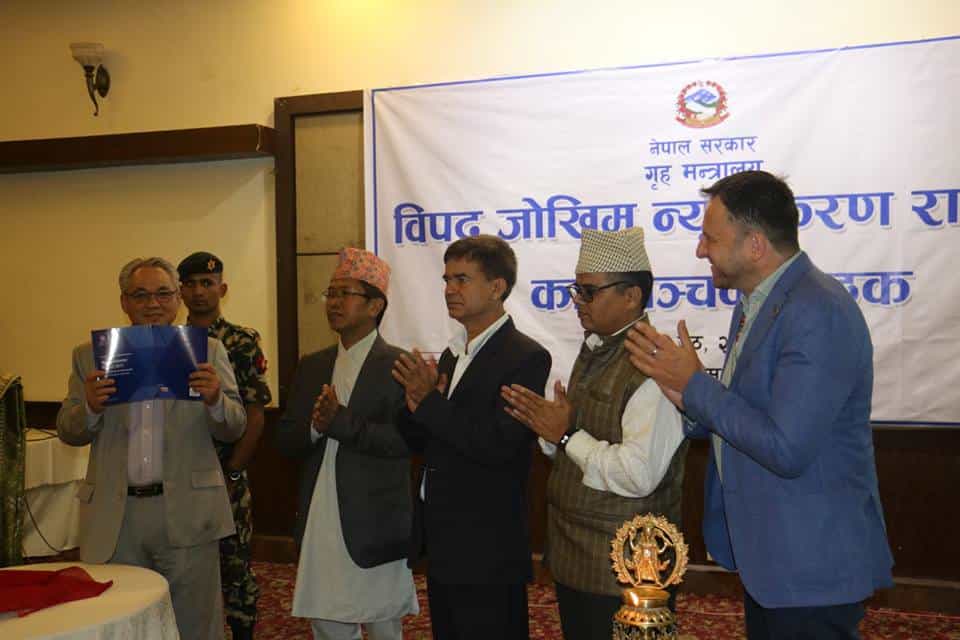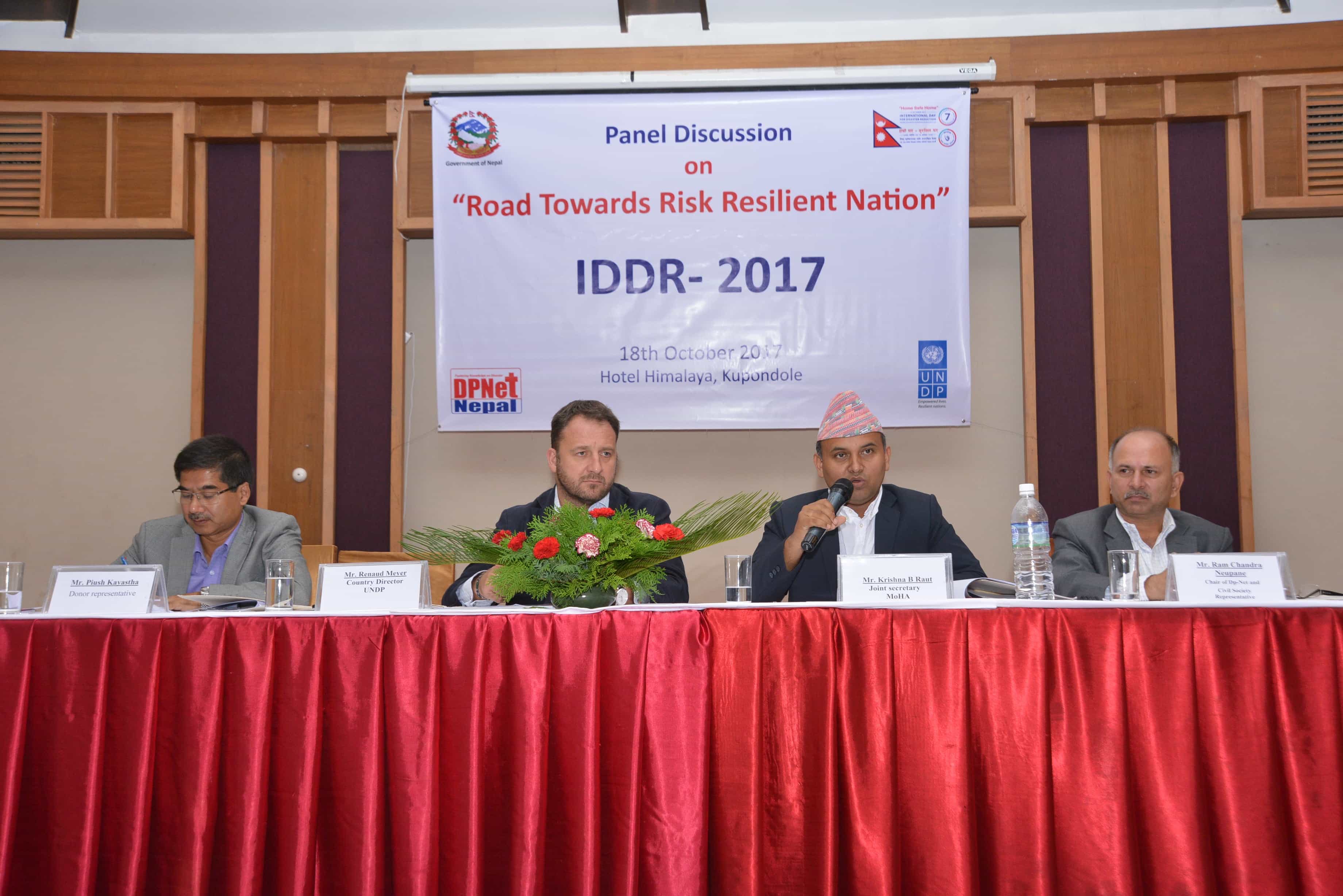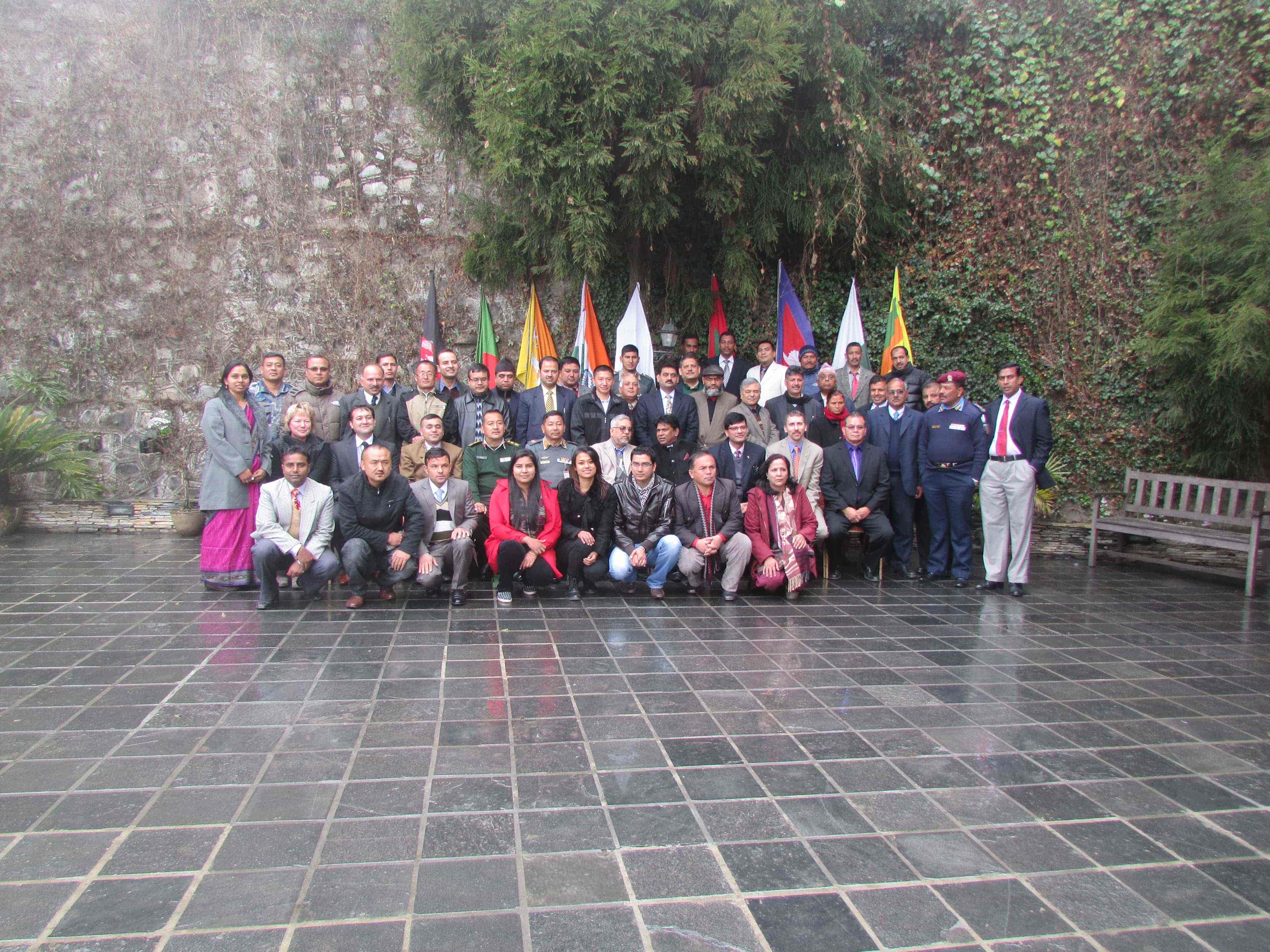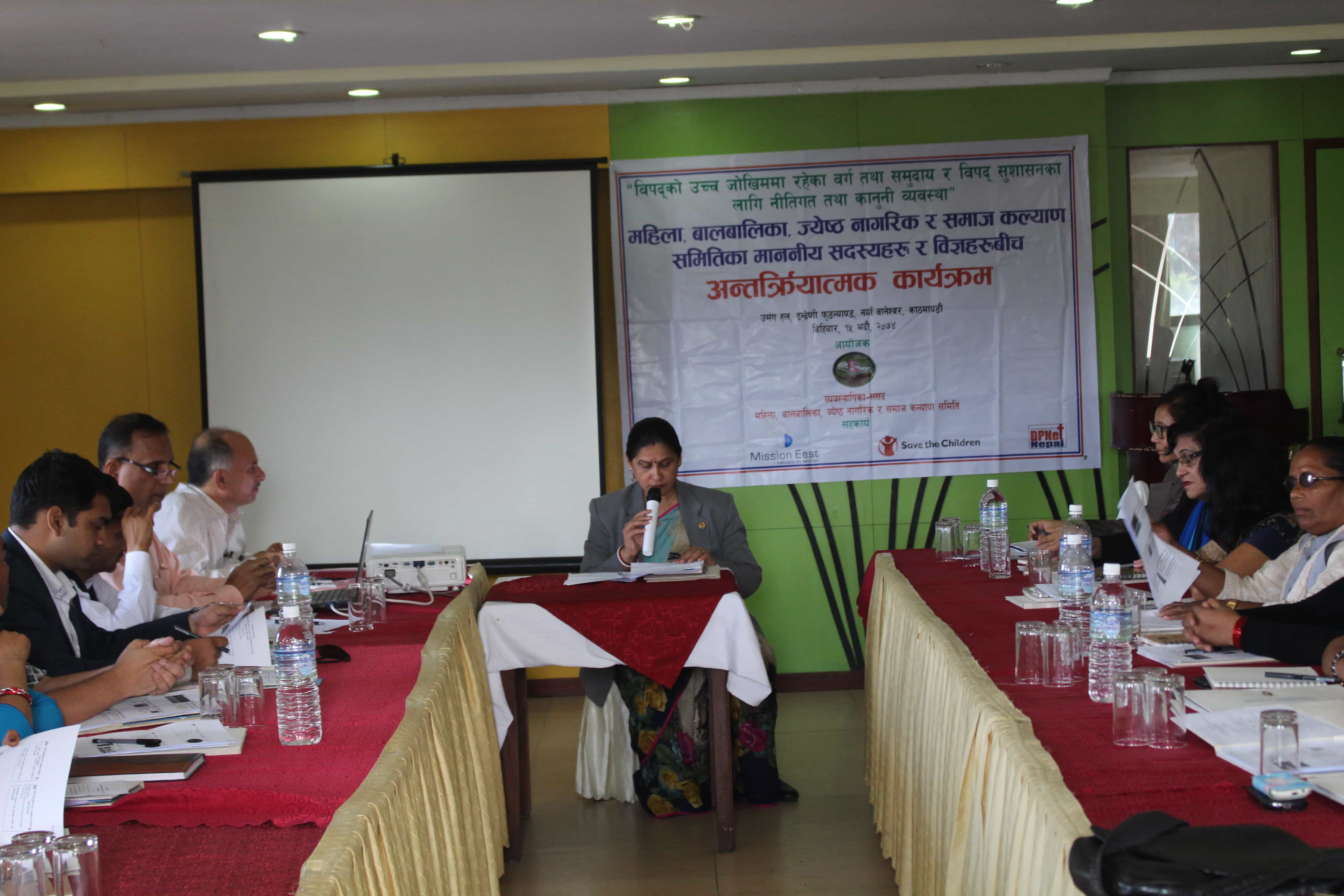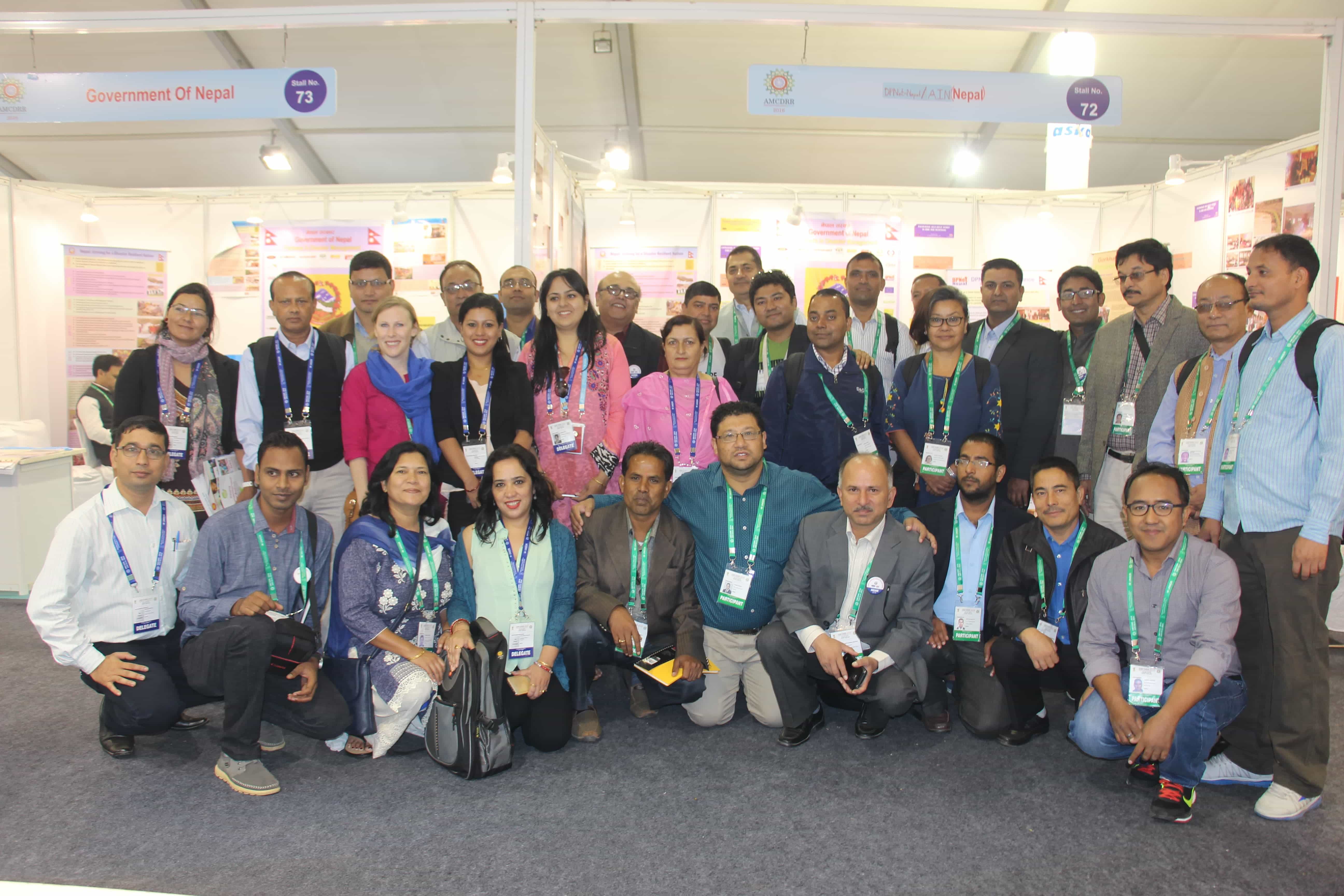Provincial Platform for Disaster Risk Reduction (PPDRR) formed in Sudurpaschim Province
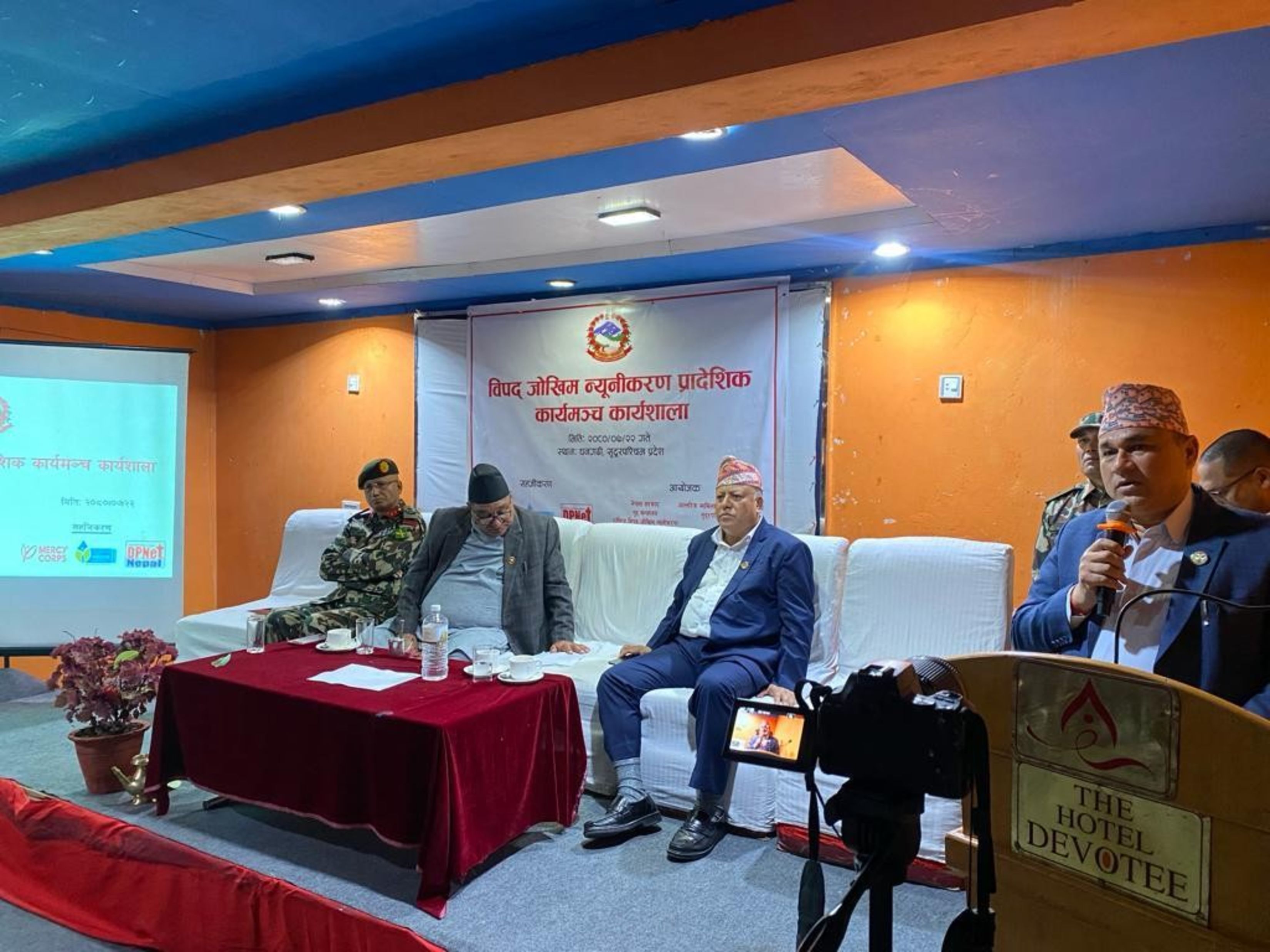
The Provincial Platform for Disaster Risk Reduction (PPDRR) was formed in the Sudurpashchim Province on 8th November 2023. In support of Mercy Corps Nepal, NEEDS Nepal, and DPNet, the program was organized jointly by the National Disaster Risk Reduction and Management Authority and the Ministry of Internal Affairs and Law. It was attended by Chief Minister Kamal Bahadur Shah, Minister of Internal Affairs and Law Shivaraj Bhatta, Member of the Disaster Risk Reduction and Management Council Dr. Gangalal Tuladhar, and the representative of the National Disaster Risk Reduction and Management Authority (NDRRMA), Smita Paudel, among others.
Ms. Smita from NDRRMA informed that following the recommendations by the United Nations Disaster Risk Reduction to form disaster risk reduction platforms at various levels globally, the Ministry of Home Affairs established the “National Platform for Disaster Risk Reduction” in the year 2012 and formally introduced the "National Platform for Disaster Risk Reduction Operational Guideline, 2019".
Dr. Raju Thapa, Vice Chair of DPNet informed that the formation of PPDRR is as per the provision of NPDRR Guideline 2019 and the previous three provincial-level discussions provided vital feedback to bring the PPDRR guideline in shape.
Former Secretary Mr. Kedar Neupane, presented the proposed structure for the platform, which would be chaired by the Minister of Internal Affairs and Law and would include members representing a) governmental bodies, b) semi-governmental bodies, c) UN and donor agencies, d) international non-governmental organizations, e) non-governmental organizations, f) academic sector, g) private sector, h) media world, and i) representatives of disaster-affected groups, with DPNet Sudurpashchim serving as the secretariat.
In his remarks, Honorable Chief Minister Kamal Bahadur Shah requested Dr. Gangalal Tuladhar to advocate for support for Sudurpaschim Province at the national level, highlighting the province's vulnerability to disasters, exacerbated by poverty. He noted that Dr. Tuladhar, who often discusses disaster management with the Prime Minister, could be instrumental in conveying these concerns. Shah admitted that while their efforts to mitigate disasters are earnest, they face challenges due to limited resources and inefficiencies in their system. This was evident after the Bajhang earthquake, when it took an extended period to finalize decisions, revealing the need for more efficient processes.
The Chief Minister also mentioned the ongoing threat of elephant and other wildlife disturbances in the province, alongside the ever-present danger of a major earthquake. He emphasized the risk to rural inhabitants living in centuries-old, poorly constructed houses, which are increasingly becoming uninhabitable. Convincing these residents to relocate or rebuild, however, remains a significant challenge. Regarding disaster management policies, Shah expressed disappointment with the inefficiencies in the distribution of relief materials, as experienced during the Bajhang and Jajarkot earthquakes. He proposed the need to rethink their approach, suggesting the establishment of a central point and a focal person in each affected area for better coordination. He also highlighted the logistical challenges brought on by the federal restructuring, which has extended the time required to reach remote areas. Shah stressed the need for a collaborative approach to disaster management, which he sees as a collective responsibility. He supported the establishment of the Provincial Platform for Disaster Risk Reduction (PPDRR), particularly in the context of Sudurpaschim Province. While attending a program to discuss this initiative, he suggested that further discussions are needed to finalize the structure and composition of the PPDRR committee.
Minister for Internal Affairs and Law, Shiva Raj Bhatta, spoke about the unique geographical challenges of Sudurpaschim Province, which links mountainous, hilly, and plain regions within a short distance. This geography, tied with poor infrastructure, significantly heightens the province's vulnerability to hydro-meteorological disasters and earthquakes. Bhatta emphasized the need to sensitize residents, particularly those in high-risk areas and poorly constructed houses. He suggested that development partners could assist in this educational effort and announced plans to allocate funds for strengthening vulnerable structures. He concluded by informing that under his leadership, the PPDRR has been established and that its structure and committee members will be finalized in the next meeting.
